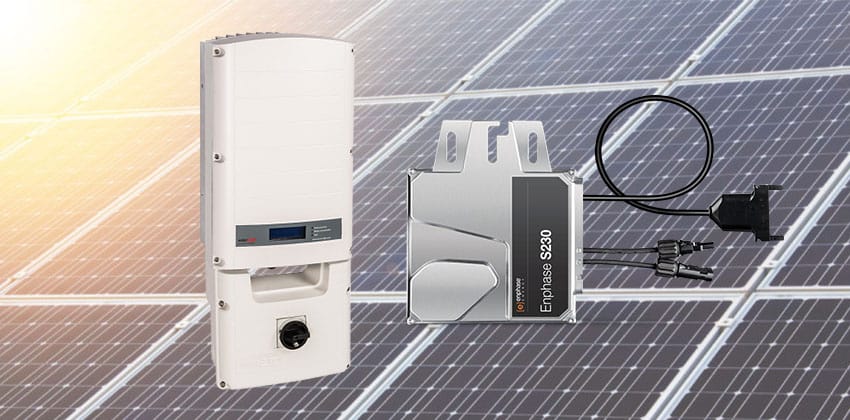
De vraag of zonnepanelen al dan niet direct zonlicht nodig hebben, is er een die vaak opkomt bij het installeren van een zonne -energiesysteem. Het antwoord is niet eenvoudig ja of nee, Omdat er verschillende factoren zijn om te overwegen.
Eerst, Het is belangrijk om te begrijpen hoe zonnepanelen werken. Zonnepanelen bestaan uit fotovoltaïsche (PV) cellen, die zonlicht omzetten in directe stroom (gelijkstroom) elektriciteit. Deze DC -elektriciteit wordt vervolgens omgezet in een wisselstroom (AC) Elektriciteit door een zonnevers, die kunnen worden gebruikt om apparaten en apparaten in huizen en bedrijven te voeden.
Direct zonlicht is ideaal voor zonnepanelen, omdat het de hoogste hoeveelheid energie -output biedt. Echter, Zonnepanelen kunnen nog steeds elektriciteit genereren op bewolkte dagen of wanneer er indirect zonlicht is, zoals tijdens zonsopgang of zonsondergang. De hoeveelheid elektriciteit die in deze omstandigheden wordt gegenereerd, zal lager zijn dan op een zonnige dag, Maar het kan nog steeds bijdragen aan de algehele energie -output van het zonne -energiesysteem.
Een andere factor om te overwegen is de hoek en oriëntatie van de zonnepanelen. Ideaal, Zonnepanelen moeten naar het zuiden gericht zijn en onder een hoek worden gekanteld die gelijk is aan de breedtegraad van de installatieplaats. Hierdoor kunnen de zonnepanelen de meeste zonlicht de hele dag door vangen. Echter, Zelfs als de zonnepanelen niet naar het zuiden staan of niet onder de optimale hoek zijn, Ze kunnen nog steeds elektriciteit genereren. Er zijn ook apparaten genaamd Solar Trackers die de hoek van de zonnepanelen gedurende de dag kunnen aanpassen om de energie -output te maximaliseren.
Shading is een andere factor om te overwegen als het gaat om de prestaties van het zonnepaneel. Als een zonnepaneel gedeeltelijk wordt gearceerd, het kan de energie -output van het hele systeem aanzienlijk verminderen. Dit komt omdat schaduw op één zonnepaneel een spanning kan veroorzaken, die de hele reeks zonnepanelen beïnvloedt. Micro -omvormers en krachtoptimalisatoren kunnen helpen de effecten van schaduw te verminderen door de energie -output van elk afzonderlijk zonnepaneel te optimaliseren.
Het is ook vermeldenswaard dat zonnepanelen elektriciteit kunnen genereren bij koude temperaturen, Zelfs als er sneeuw op de grond is. Sneeuw kan de energie -output op de korte termijn verminderen, Maar zodra de sneeuw smelt, De zonnepanelen blijven elektriciteit genereren.
samengevat, Zonnepanelen hebben niet noodzakelijkerwijs direct zonlicht nodig om elektriciteit te genereren, Maar direct zonlicht biedt wel de hoogste energie -output. Andere factoren om te overwegen zijn de hoek en oriëntatie van de zonnepanelen, schaduw, en het gebruik van micro -omvormers of krachtoptimalisatoren om de energie -output te optimaliseren. Met de juiste installatie en onderhoud, Een zonne -energiesysteem kan een betrouwbare bron van schone energie bieden voor huizen en bedrijven.
